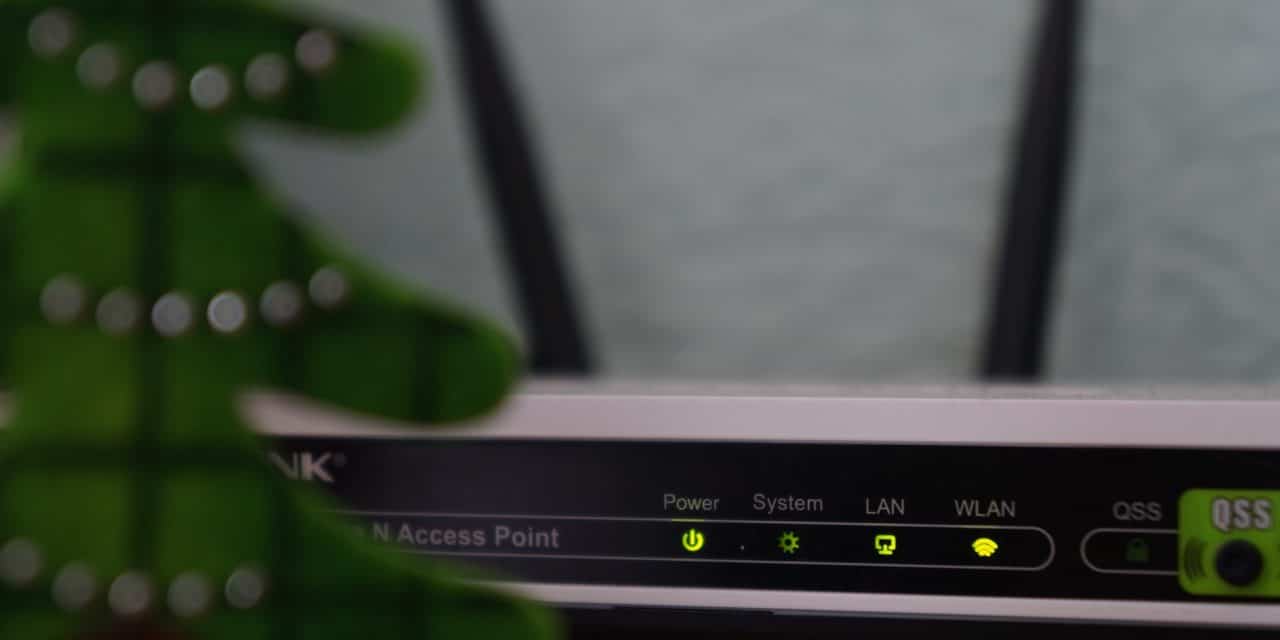[ad_1]
In our previous article entitled “IP Cameras vs. CCTV Cameras – Part One,” we discuss the advantages of Remote Viewing, Recording to Remote Locations, Wireless Functionality and Motion Detection with Video Analytics. This second article will discuss other advantages that IP cameras have over traditional CCTV cameras.
Compatibility
Most IP camera recording software supports a wide range of IP camera models and manufacturers. This allows you to mix and match IP cameras in your installation to create a custom surveillance solution that fits perfectly for you.
Let's say you wanted to setup three IP surveillance cameras, one viewing a parking lot, one watching your front lobby and another monitoring the rear entrance of your building. You could put three different IP camera models – even manufacturers – in this installation. You could go with an IQEye 755 5.0 MegaPixel IP Camera in the parking lot to monitor vehicles and provide a high quality image to zoom in on license plates. You could put a Wireless AXIS 207W with audio in the front lobby to minimize cabling requirements and to provide audio surveillance. Lastly, you can use a Sony SNC-RZ25N PTZ IP Camera with an outdoor enclosure to monitor the rear entrance and have the ability to pan/tilt/zoom the camera to needed areas.
All three IP cameras can be easily connected to the local network and configured within the IP camera recording software to monitor and record each individual camera.
BNC/Analog Output
Some IP cameras also come with a BNC/Analog output allowing you to connect the camera to your existing CCTV system. This would allow you to connect the IP camera to your DVR recording station and still have a network connection attached allowing for remote viewing and recording to a PC or offsite location. Be sure to verify the IP camera has the ability to send video to both the BNC/Analog output and through the network simultaneously.
PoE Power over Ethernet
Power over Ethernet (PoE) is the ability to power your IP camera and provide network activity via one RJ45 network cable. This provides an easier installation and lower cable installation costs as this eliminates the need for a power cable to be connected to the camera. To take advantage of this technology, make sure your IP camera is PoE compliant. A PoE network router/hub or Midspan will be required to provide power to the camera via the RJ45 network cable. PoE kits are also available which provide power via network cable when you do not have a Midspan or router/hub. One PoE kit will be required per camera and will need to output the correct power requirements (5V, 9V, 12V, etc.).
I/O for Card Readers, Alarms, etc.
IP cameras can easily be added to existing security including card readers, alarms, glass breakers, access control, etc.. The IP camera can be set to receive an input from these devices which can then tell the camera to record video when a specific event is triggered. Outputs can also be set where if the IP camera detects motion, a signal is sent to the alarm to create an audio siren or alert.
Conclusion
We hope Part One and Part Two of “IP Cameras vs. CCTV Cameras” has educated you in the advantages of IP over CCTV. It is best to know what options exists for you before making a purchase so you can effectively monitor your home or business.
[ad_2]
Source by Wes Fernley

